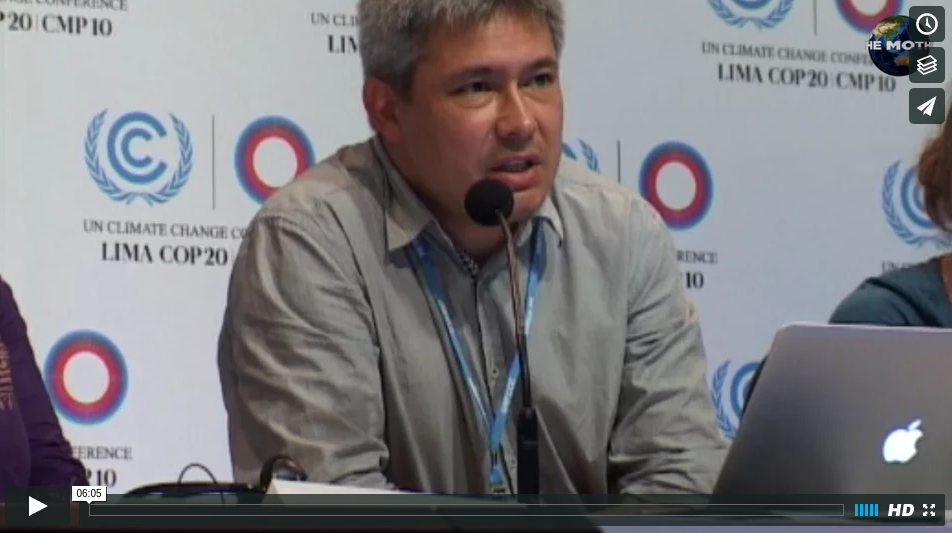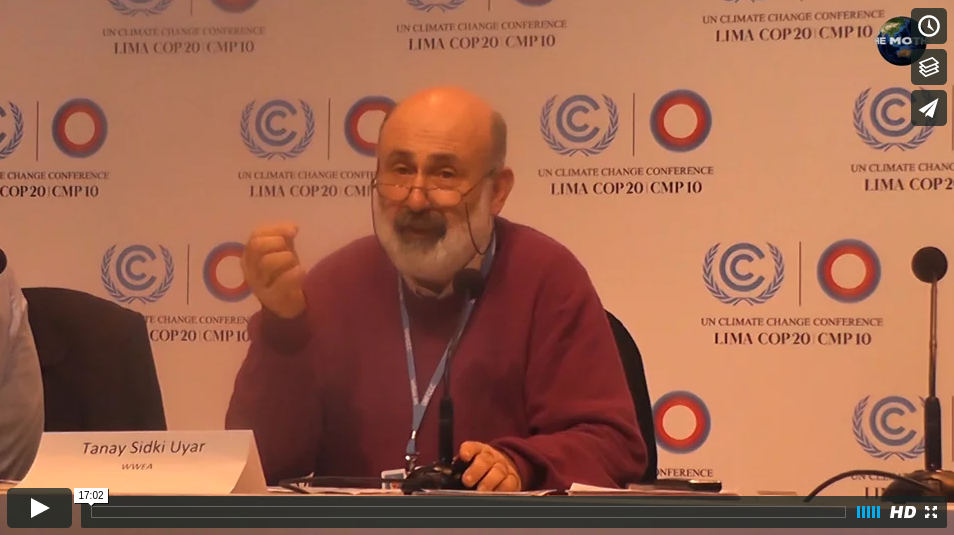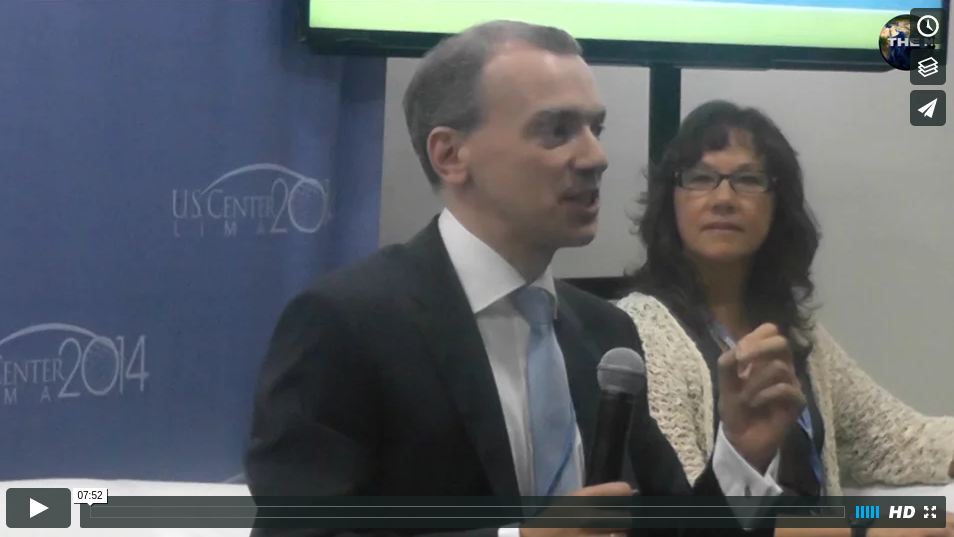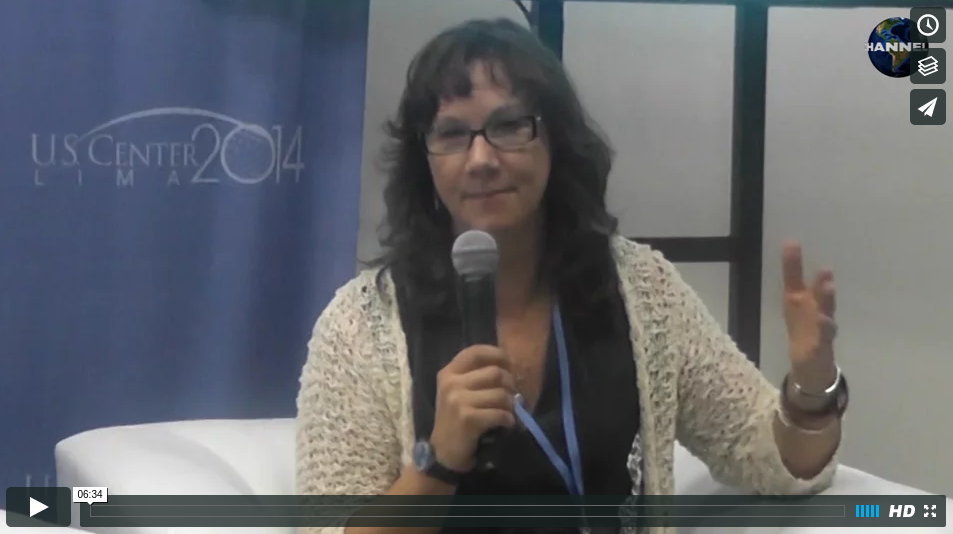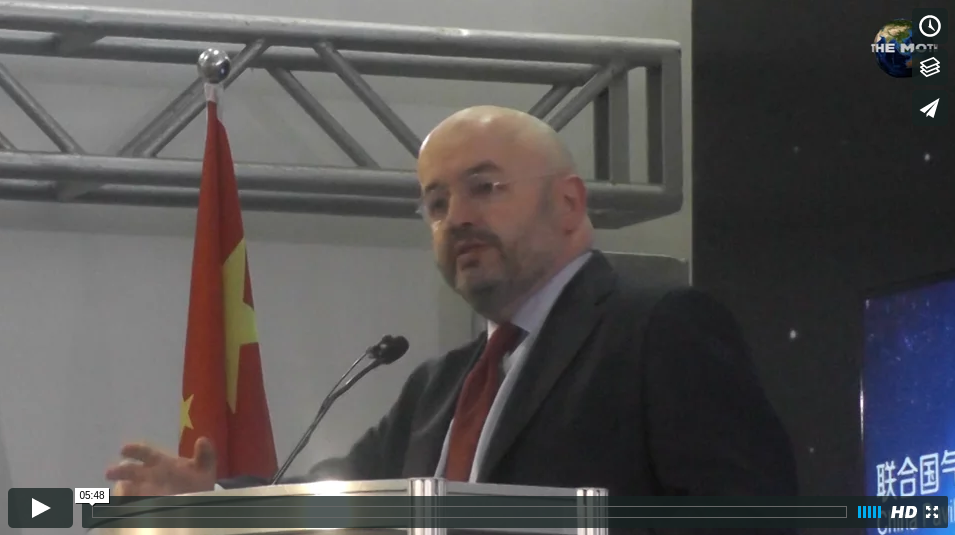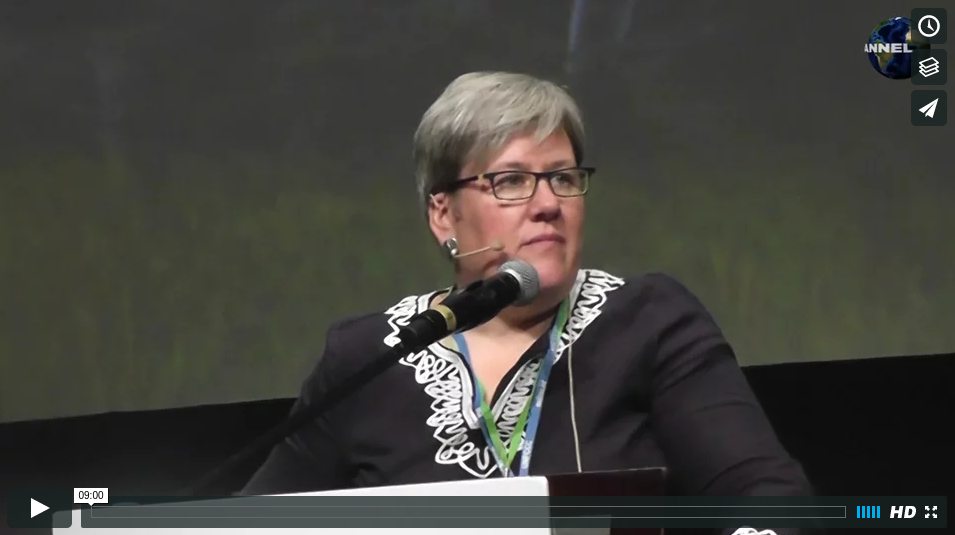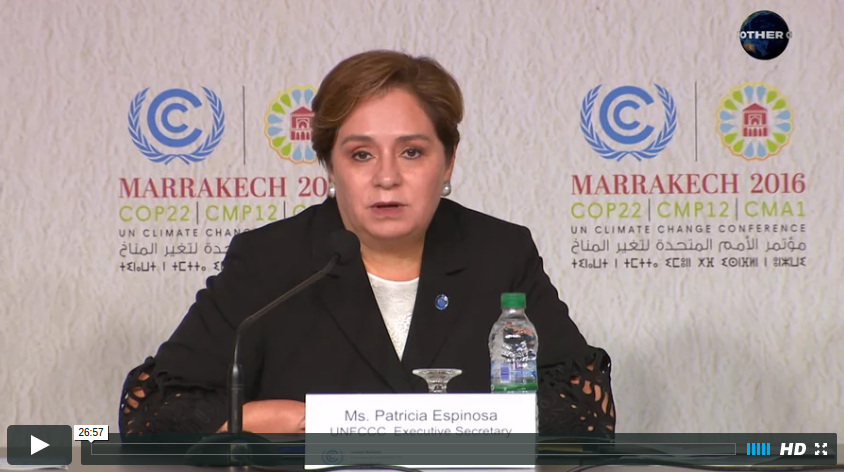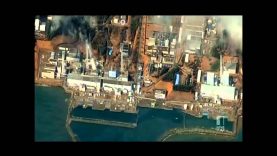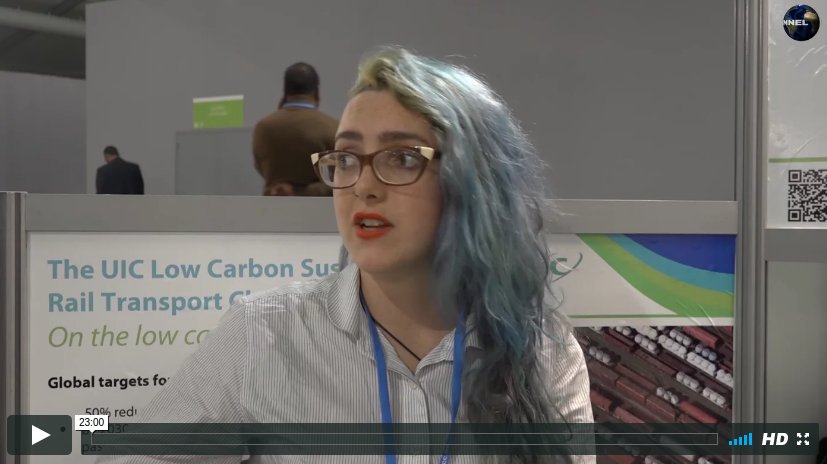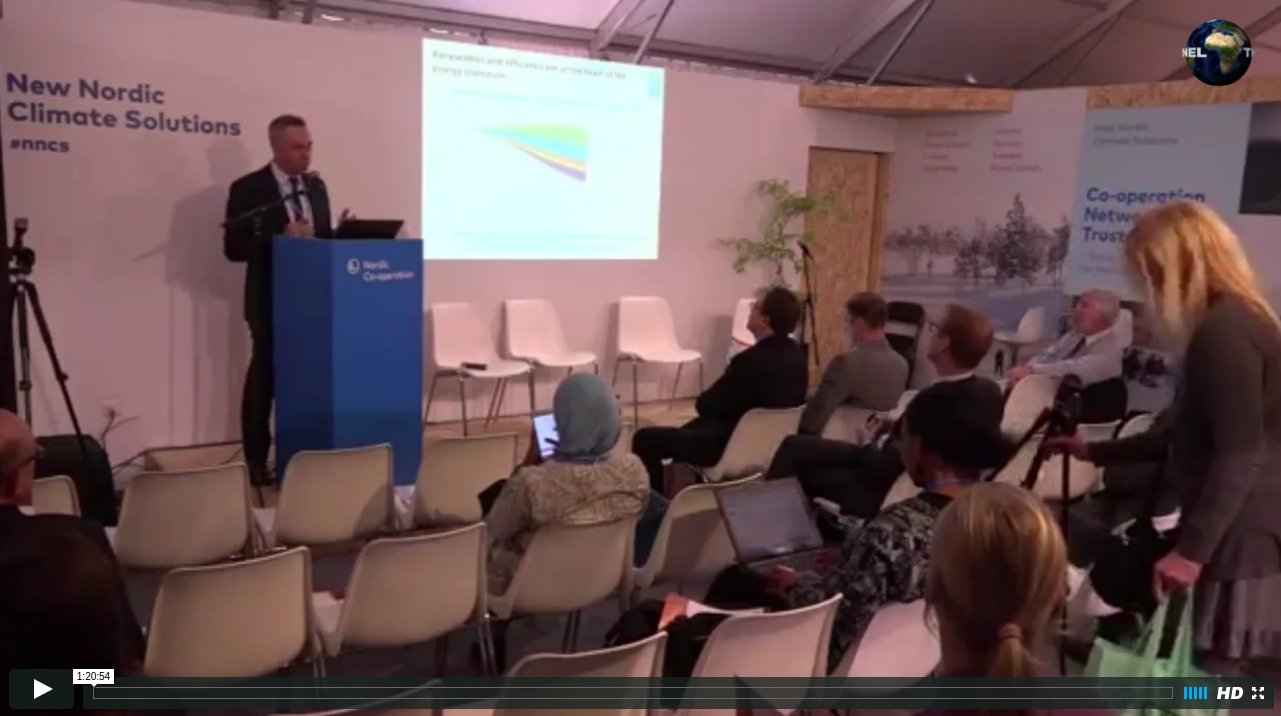- Live Stream
- Climate Change
- ENN
- Environmental Info
- Green Business
- Green Solutions
- Beautiful World
- Categories
- Articles
- Arctic & Glaciers
- Polar Regions and Glacier Reports
- Ethical Dimensions
- Global Warming
- Peatlands & Wetlands
- ENN – The Environmental News Network
- Agriculture
- Chemicals
- Conservation
- Fish Crime
- Forests
- Health
- Mountains
- Oceans
- Energy
- Money
- Green or Gone
- Nutrition
- Permaculture
- Various Solutions
- Powerful
- Watch This
- Water
- Breaking News
- Series ENN
HomeGreen BusinessEnergyCOP 20 Giles Dickson (Alstom) ~ Thermal Power Technology Systems and High Water Footprint
COP 20 Giles Dickson (Alstom) ~ Thermal Power Technology Systems and High Water Footprint
Alstom Exec. Vice President, Mr Giles Dickson, speaks on Thermal Power technology systems and reducing High Water footprints at COP 20 conference, Lima, and addresses three main issues related to thermal power and water for effective solutions, viz; Extremes, Averages and Water. Extreme disasters and weather phenomena increases in the last decade such as Fukushima […]
CLOSE

